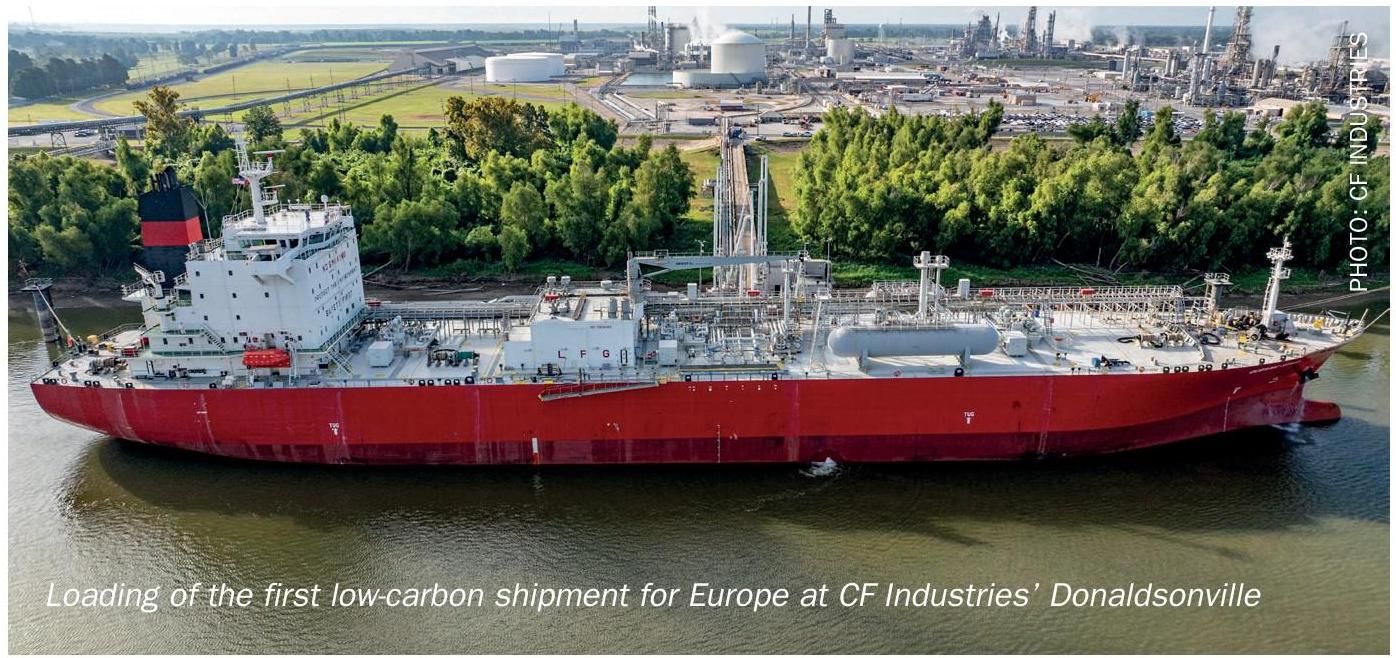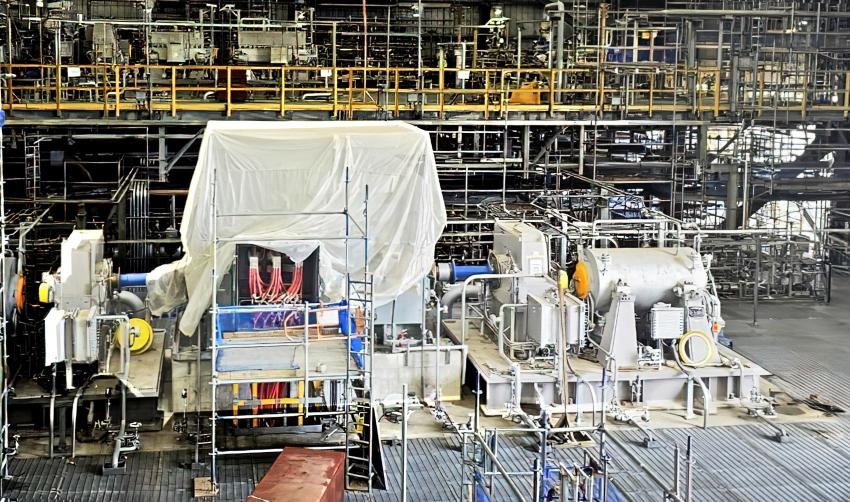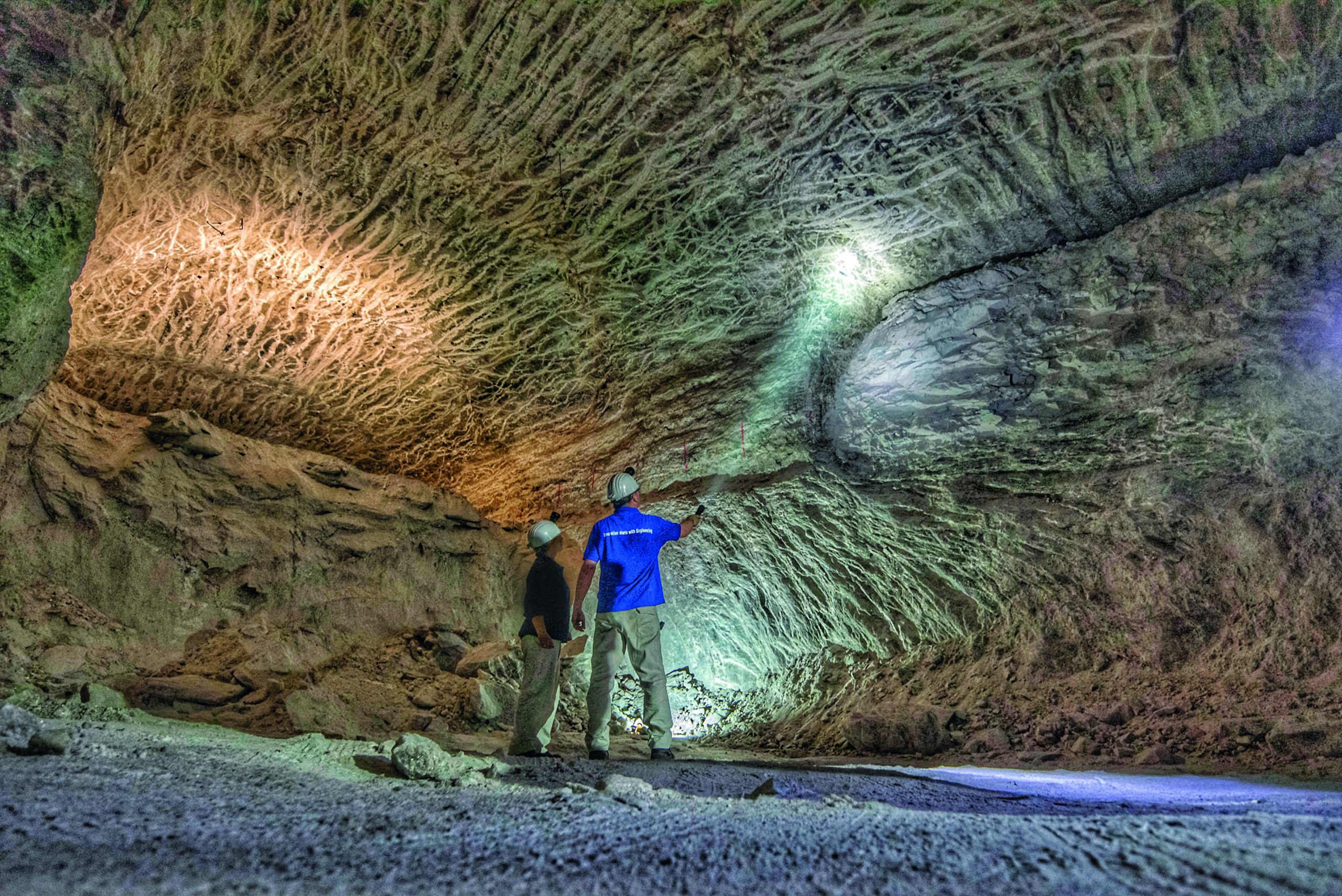Fertilizer International 528 Sep-Oct 2025
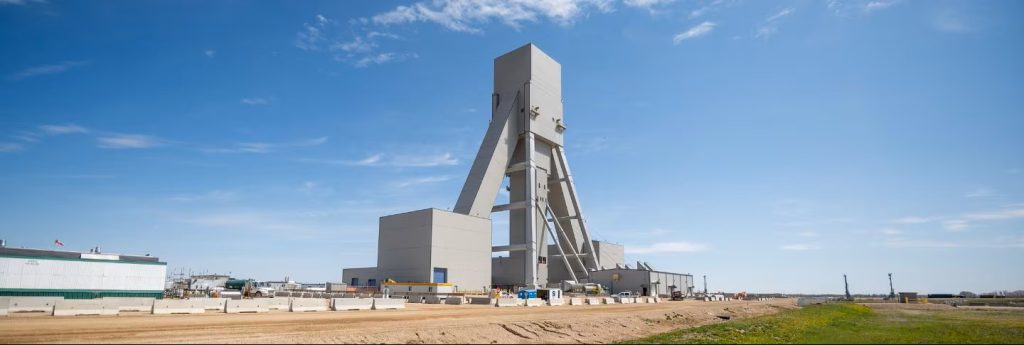
15 September 2025
Jansen first production back to mid-2027
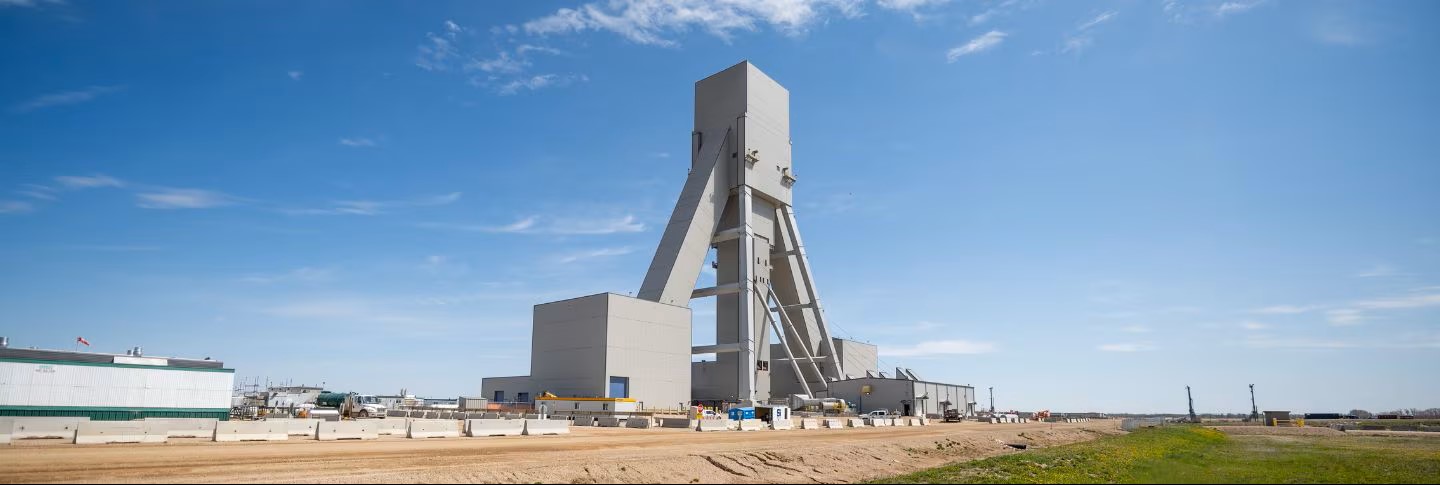
BHP is now expecting first potash production from stage one of its Jansen mega project in Saskatchewan, Canada, in mid-2027. This has been pushed back by around six months from the previous end of 2026 date for initial mine production.
The start-up delay was announced in mid-July alongside an increase in the project’s investment costs. The Australian mining giant now estimates that the Jansen project’s capital cost will be between $7-7.4 billion, up from its previous estimate of $5.7 billion.
BHP blamed higher project costs on inflationary pressures, changes to the mine’s design and scope, and lower-than-expected productivity.
BHP also announced it was considering delaying first production from Jansen’s second stage by two years to its 2031 financial year, due to the potential for extra medium-term potash supply coming to market. This was later confirmed in BHP’s annual report published in mid-August
“While consumer inflation has fallen to close to two per cent in Canada, price growth for industrial construction works has been significantly stronger, increasing by over 10 per cent in the past two years in Saskatoon,” the report said. “This has placed upwards pressure on costs for Jansen.”
The Jansen mine’s first stage is 68% complete, according to the report, and will have a capacity of 4.15 million tonnes per annum (t/a) once complete. Jansen’s second stage, meanwhile, is currently 11% complete and is expected to eventually expand potash production capacity by an extra 4.36 million t/a.
Commenting on recent developments, Saskatchewan’s Ministry of Energy and Resources said: “[It] appreciates the commitment that BHP continues to make towards developing the Jansen Stage 1 and Stage 2 projects. Jansen is the largest investment in Saskatchewan’s history and will be the largest potash mine in the world. Updates to scope, cost and timelines are common in the development of major natural resource projects of this scale.
“We look forward to seeing the first production from BHP’s Jansen mine, now planned for 2027. This aligns with the initial timeline for first production at Jansen, before it was accelerated to 2026.”
Despite the escalation in capital expenditure, BHP still expects the Jansen project to be one of the potash industry’s lowest-cost mine sites globally, once production is fully ramped up.


